This list presents natural areas, historical sites, and cultural places in Arkansas. It includes waterfalls in the Ozark National Forest, abandoned mining towns, caves with limestone formations, and archaeological museums. These locations stand apart from regular tourist routes.
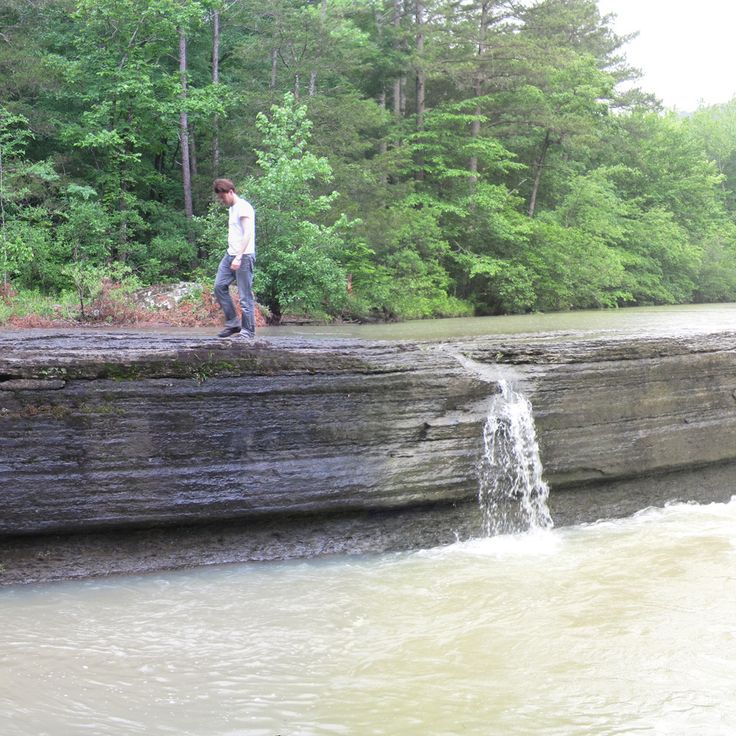
Johnson County, Arkansas
The waterfall flows over several stone steps into a natural pool within the dense forest of Ozark National Forest.
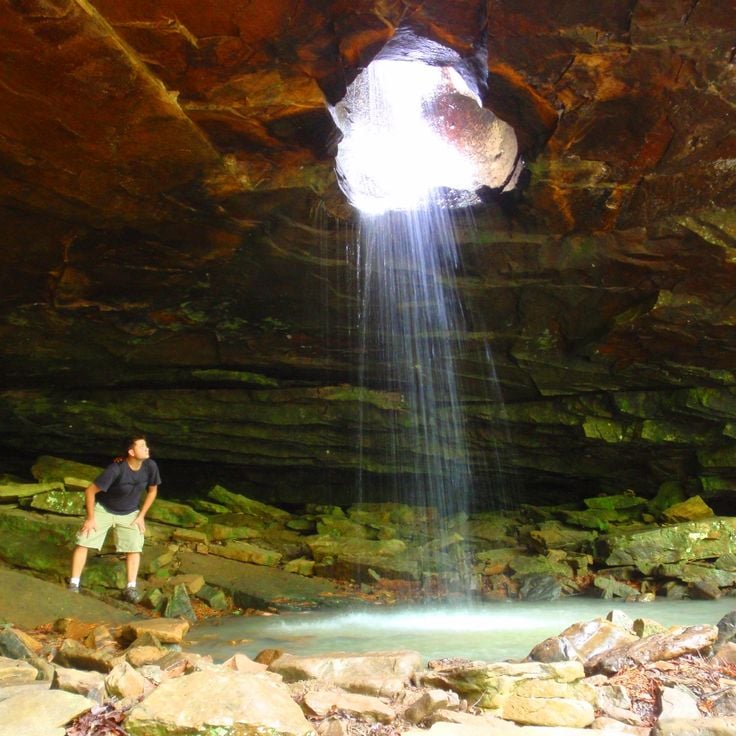
Newton County, Arkansas
The water drops through a circular opening in the rock ceiling, creating a natural passage of 25 feet in height.
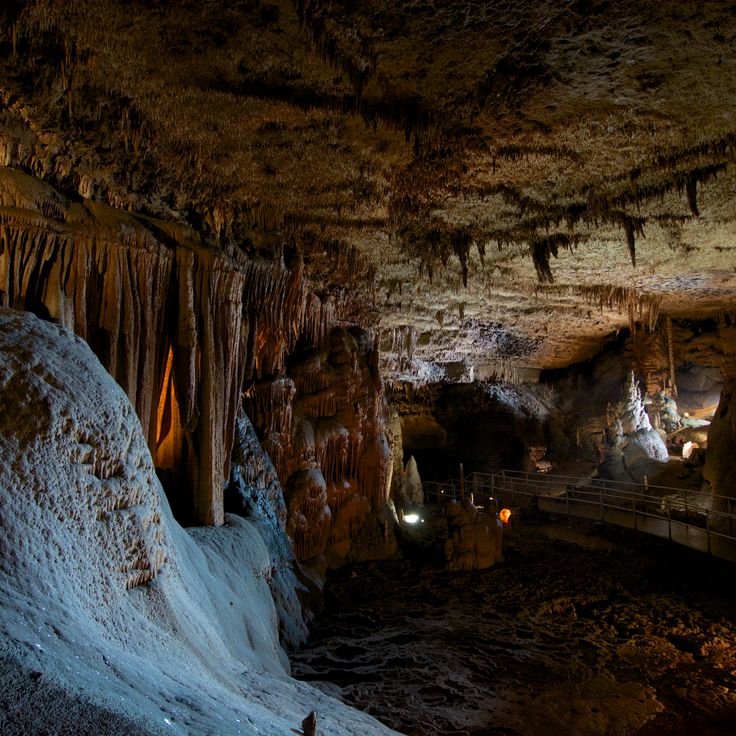
Stone County, Arkansas
These caves extend across three levels with stalactites, stalagmites and underground streams covering an area of 1.3 square miles.
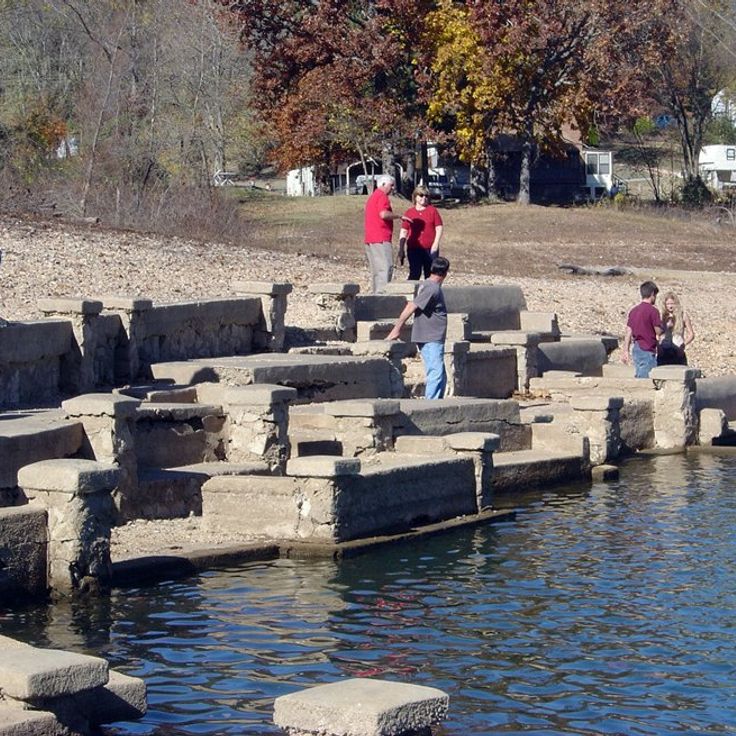
Benton County, Arkansas
The foundations and concrete walls of a former hotel complex from 1901 protrude from Beaver Lake.
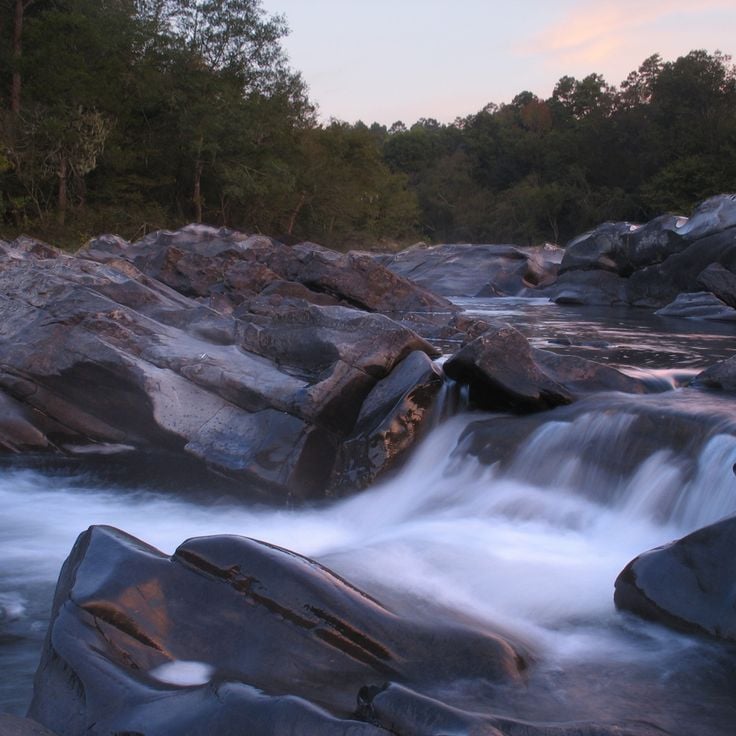
Howard County, Arkansas
The river flows through granite canyons forming rapids. Hiking trails follow the water through the forest.
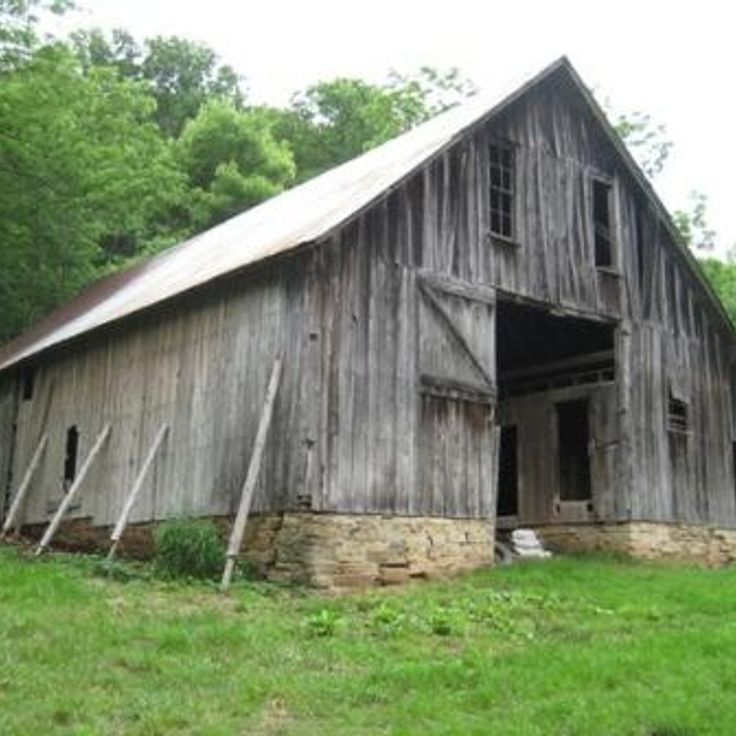
Newton County, Arkansas
The valley contains 19th century barns and a herd of 200 elk in their natural environment.
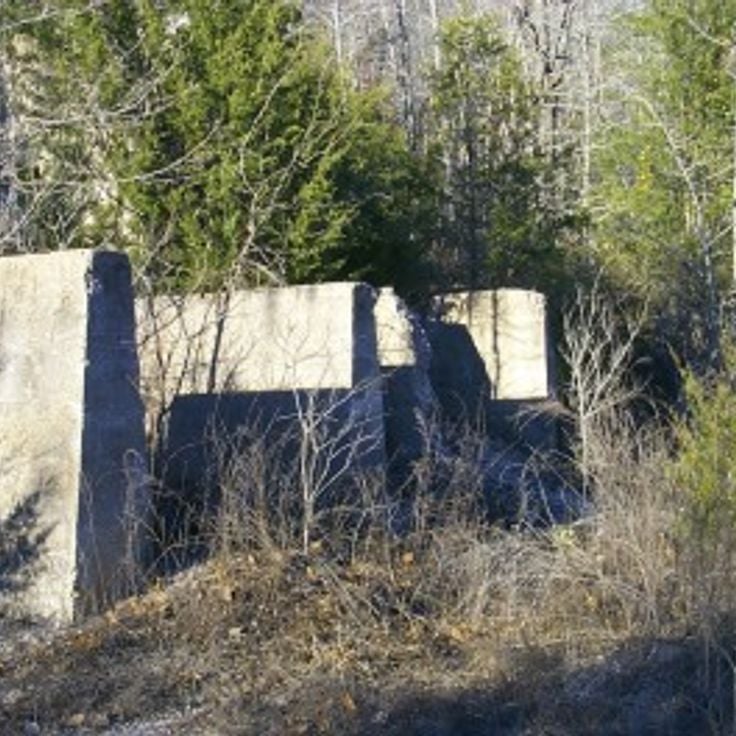
Marion County, Arkansas
An abandoned mining settlement with stone buildings from the 1880s. The mine produced zinc until 1940.
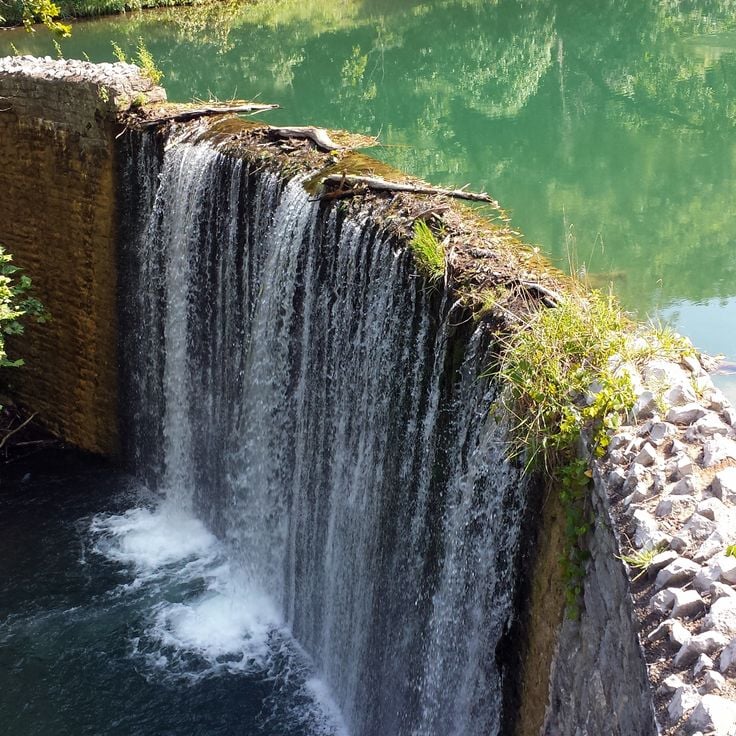
Stone County, Arkansas
An 8-meter waterfall pours into a blue lake. The spot is accessible via a 400-meter path.
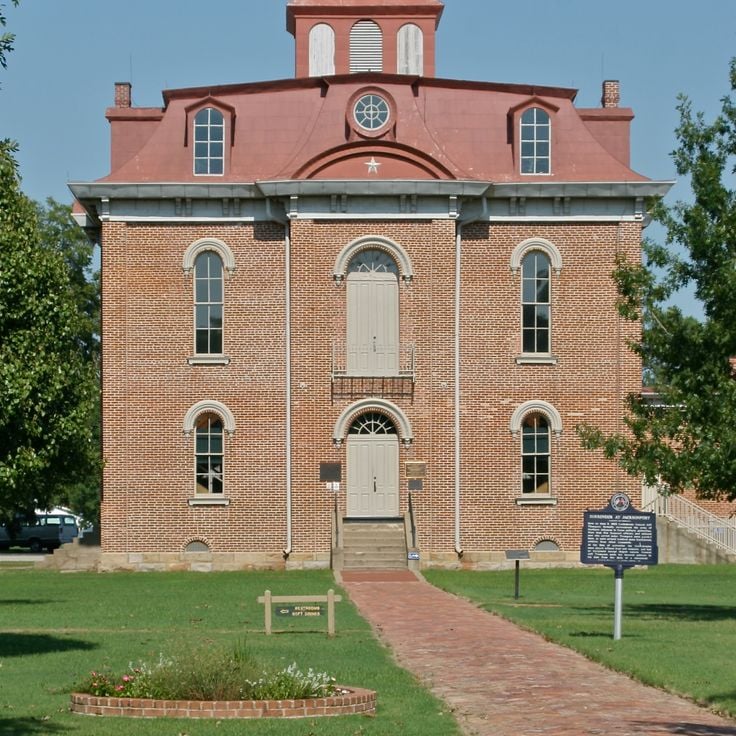
Jackson County, Arkansas
Located at the junction of White and Black rivers, this park includes a museum about regional maritime history.
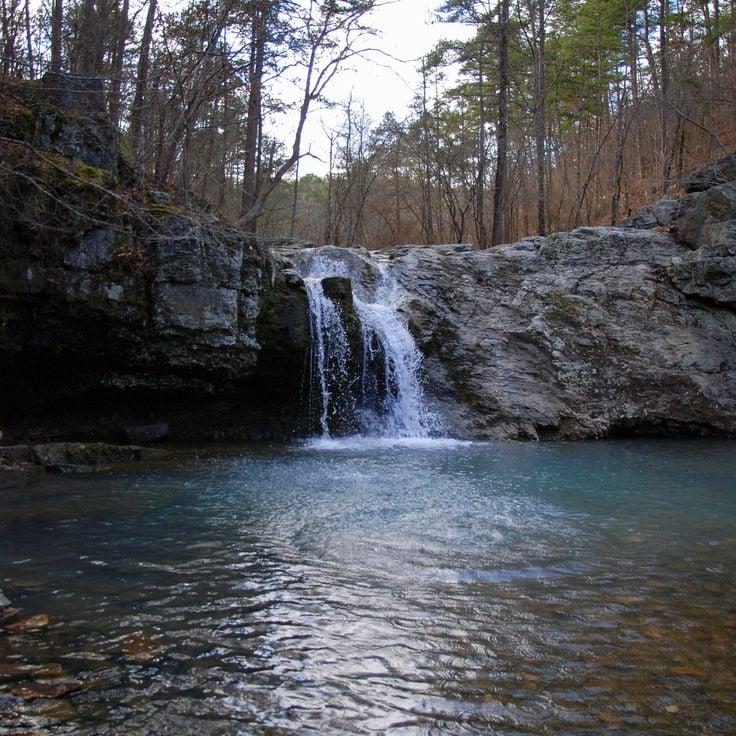
Hot Spring County, Arkansas
Multiple waterfalls along marked hiking trails lead through pine forests and over granite rocks.
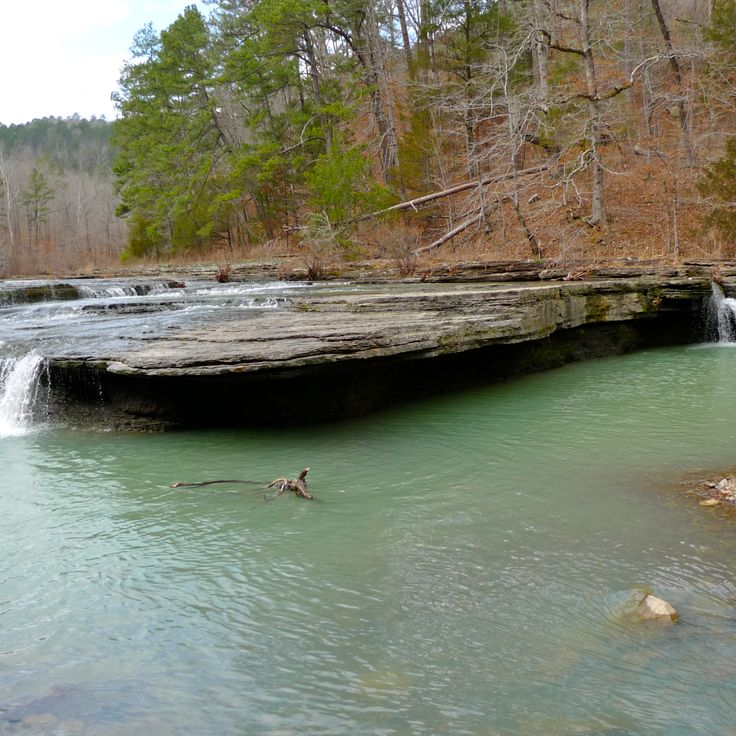
Pope County, Arkansas
A 10-foot waterfall in the Ozark Mountains drops over a natural rock wall into a pool.
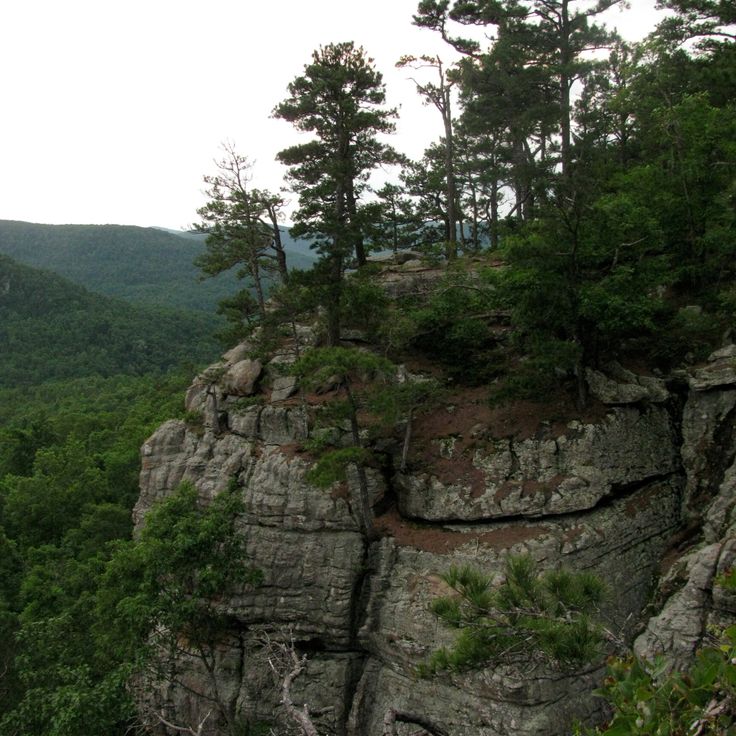
Newton County, Arkansas
A 500-foot sandstone cliff provides climbing walls of various difficulty levels and extensive views of the Ozark Mountains.
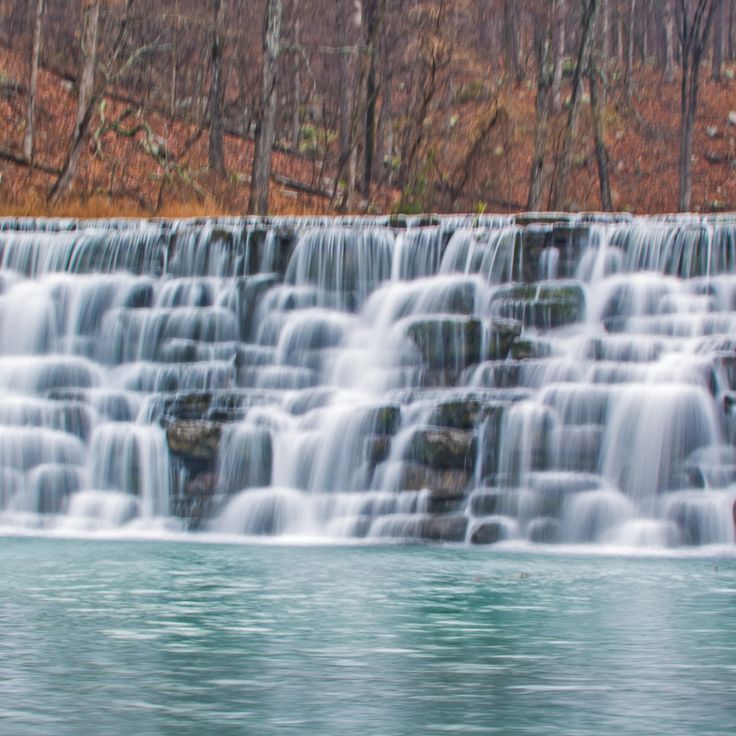
Washington County, Arkansas
The park contains a network of caves and rock formations. Visitors can explore underground passages and learn about regional history.
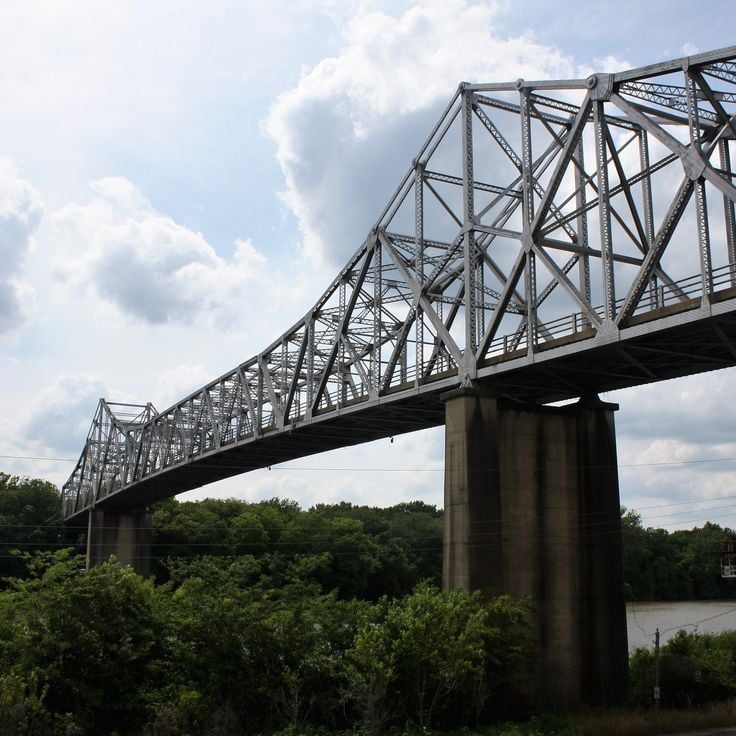
Monroe County, Arkansas
The historical railway bridge stands empty since 1983. Plants grow between steel beams and birds nest within the structure.
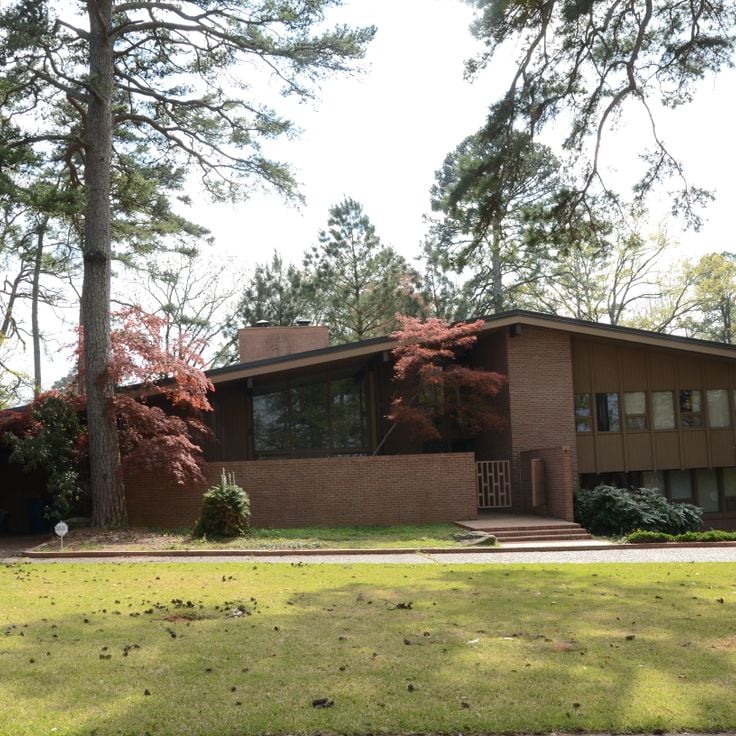
Pulaski County, Arkansas
The community was founded in 1943 and has 800 residents. It features two parks and a small business district.
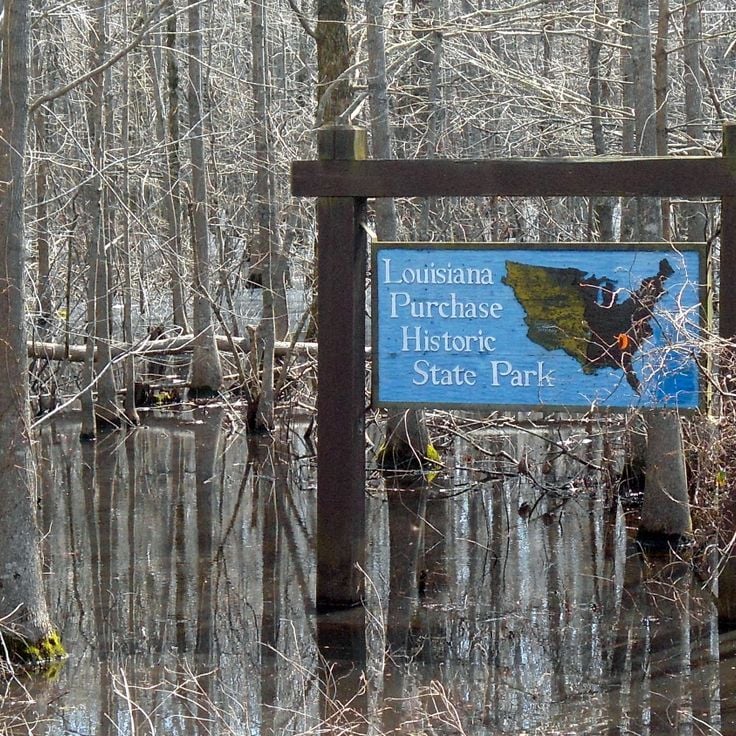
Lee County, Arkansas
A granite marker indicates the 1815 survey point. From here, surveyors began mapping the Louisiana Territory.

Lonoke County, Arkansas
The museum documents Arkansas farming evolution from 1800s to present day through tools and machinery displays.
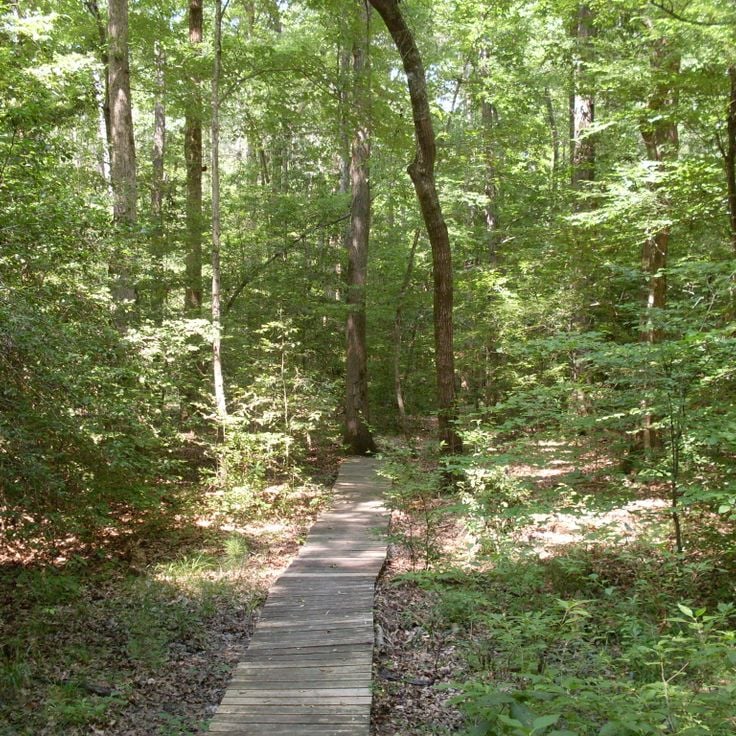
Nevada County, Arkansas
The park features a 2,650-acre lake for fishing and boating, with hiking trails through pine forest.
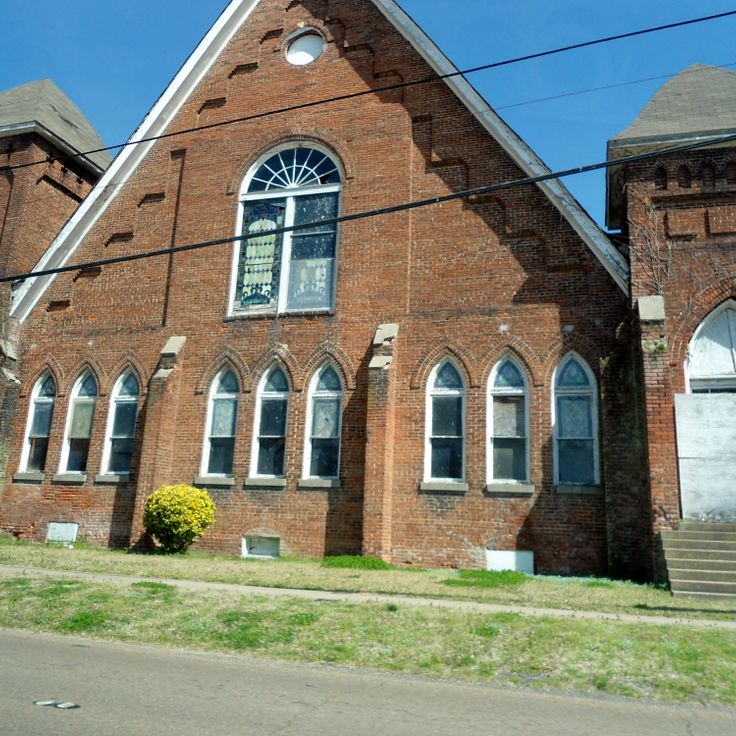
Phillips County, Arkansas
Built in 1905, this church served as a central point for the African-American community and stands in the National Register of Historic Places.
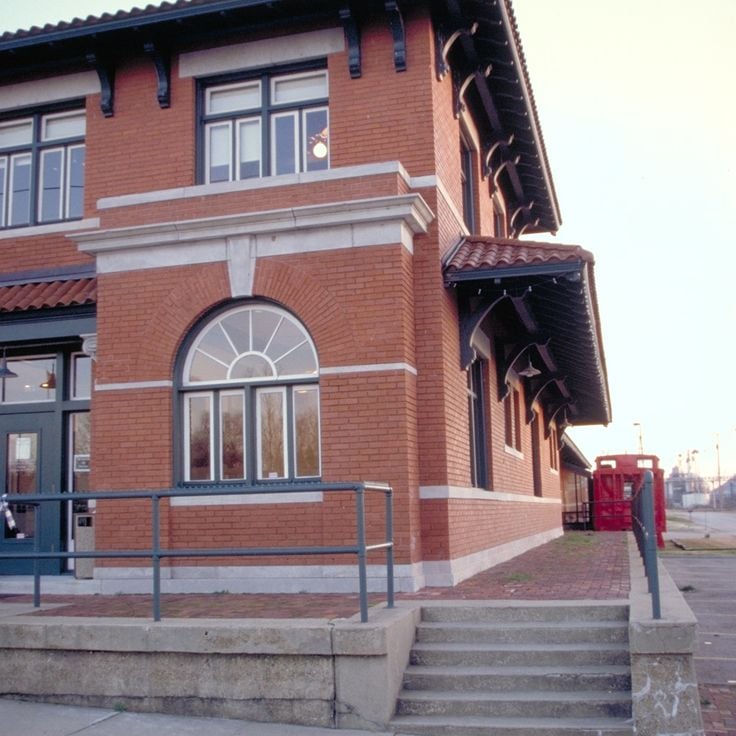
Phillips County, Arkansas
The museum presents exhibits about regional music, art and history with focus on blues and civil rights movement.
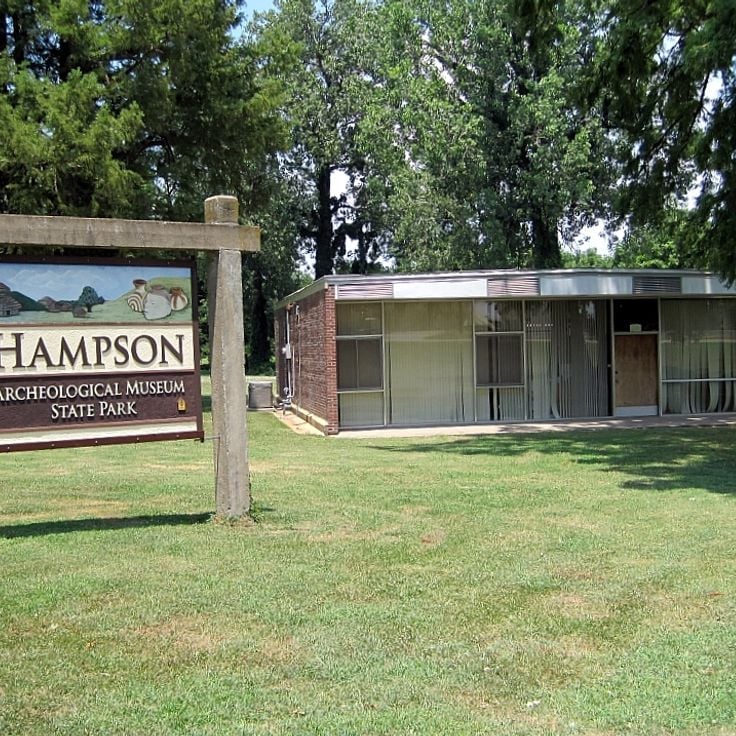
Mississippi County, Arkansas
The museum displays 1500 pre-Columbian objects from the Mississippi period, discovered in an abandoned settlement near Wilson.
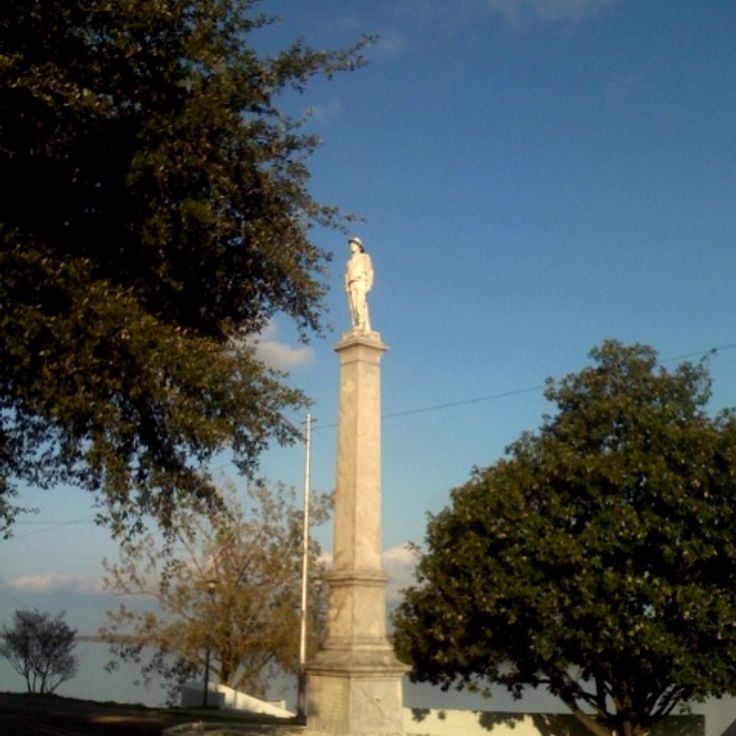
Chicot County, Arkansas
Marble monument from 1910 commemorating Confederate soldiers, erected on the shore of Lake Chicot.
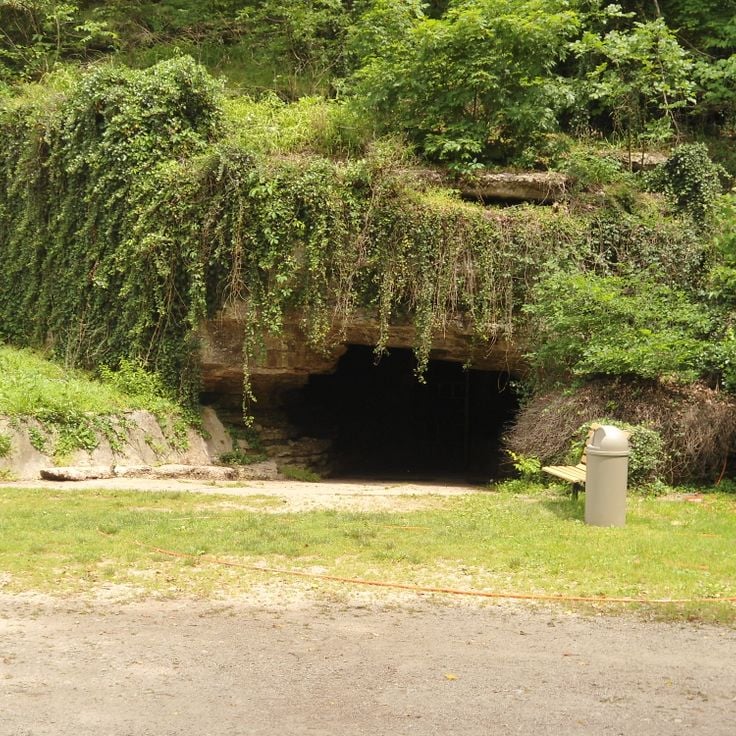
Benton County, Arkansas
A limestone cave with underground passages, which according to legend contains Spanish gold coins from the 16th century.
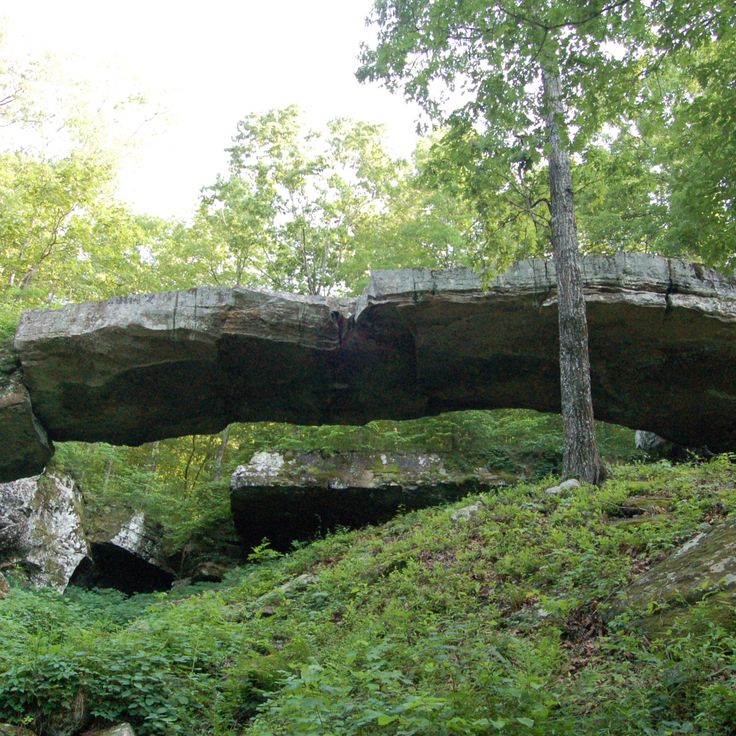
Van Buren County, Arkansas
A 130-foot sandstone arch extending 30 feet above the ground, formed through geological erosion.
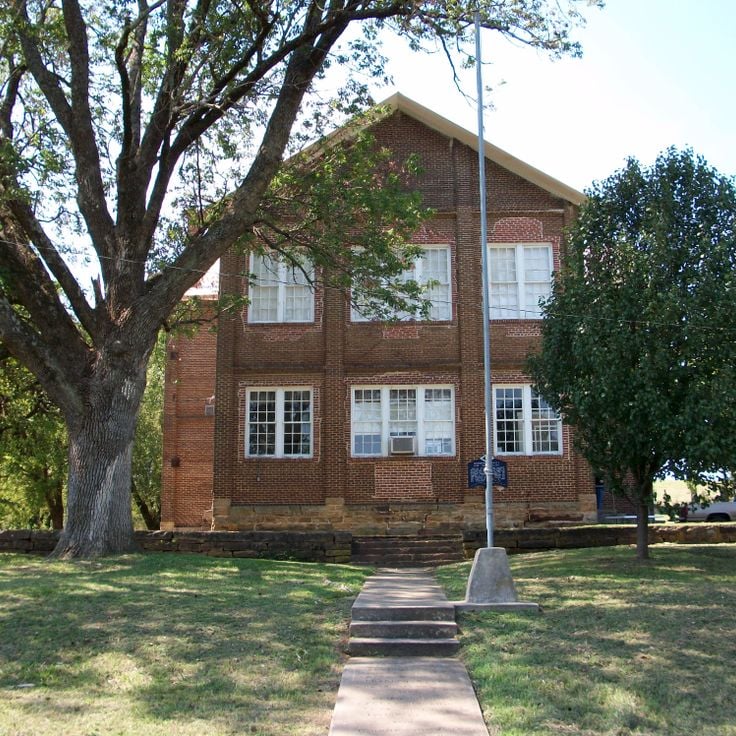
Washington County, Arkansas
This brick educational institution from 1850 served as the first higher learning establishment in Arkansas Territory.
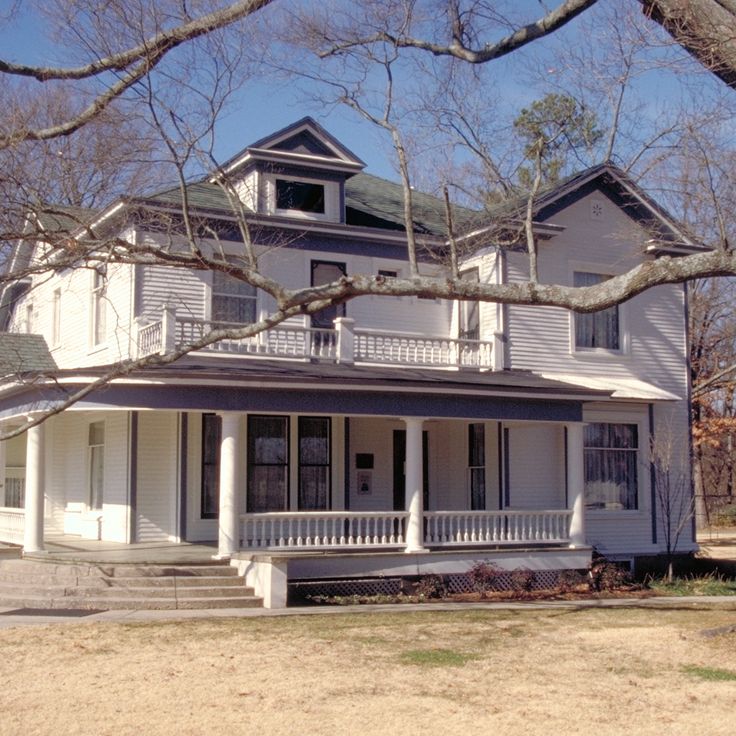
Independence County, Arkansas
An 1880 estate with German architecture featuring characteristic elements such as steep roofs and stone masonry work.
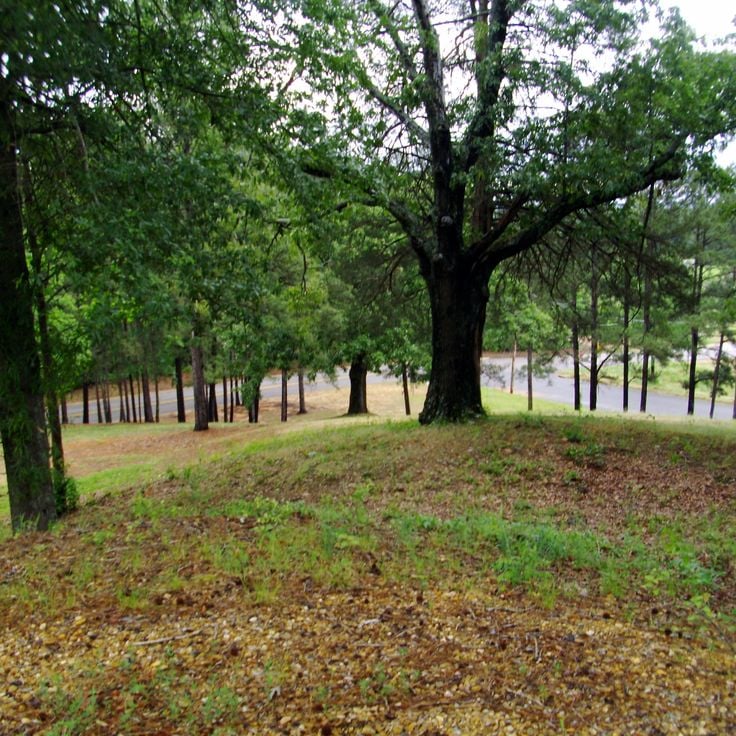
Ouachita County, Arkansas
The grounds contain reconstructed military structures from 1812 with trenches and defense installations.
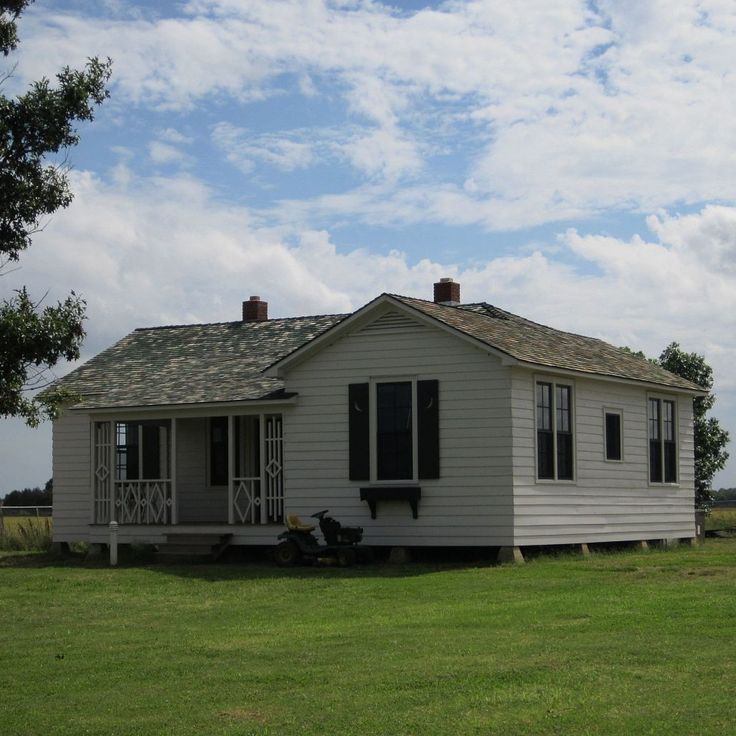
Dyess, Arkansas
This 1930s farmhouse displays the musician's early years with original furniture and objects from his youth.
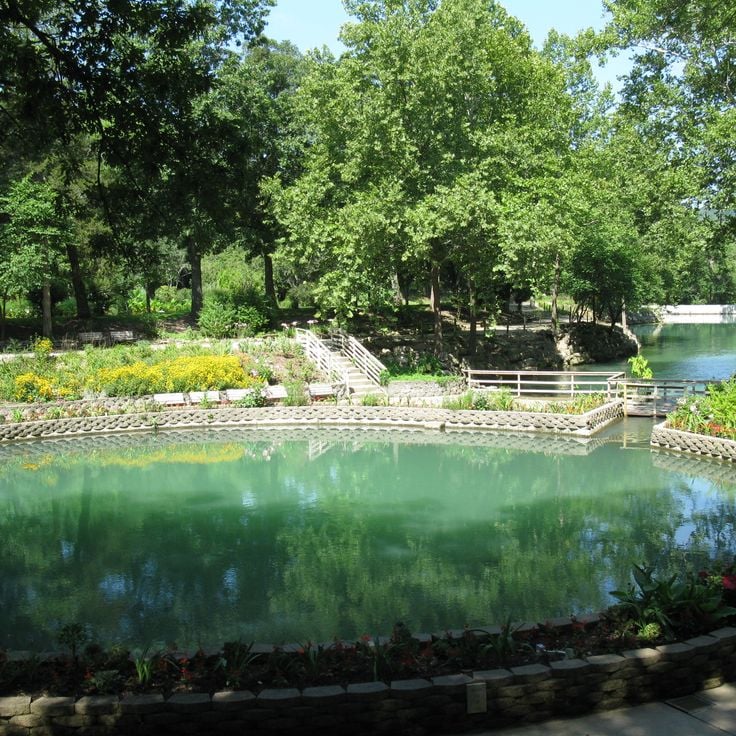
Eureka Springs, Arkansas
A natural area featuring clear water springs, botanical gardens and archaeological findings from early indigenous inhabitants.
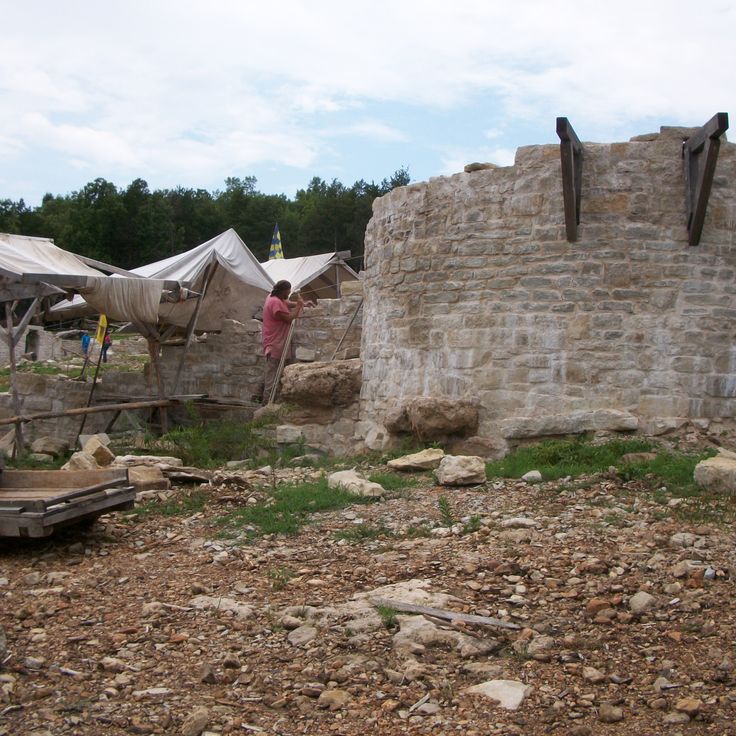
Lead Hill, Arkansas
A full-scale construction site showing 13th-century building methods with stone masonry and wood craftsmanship.
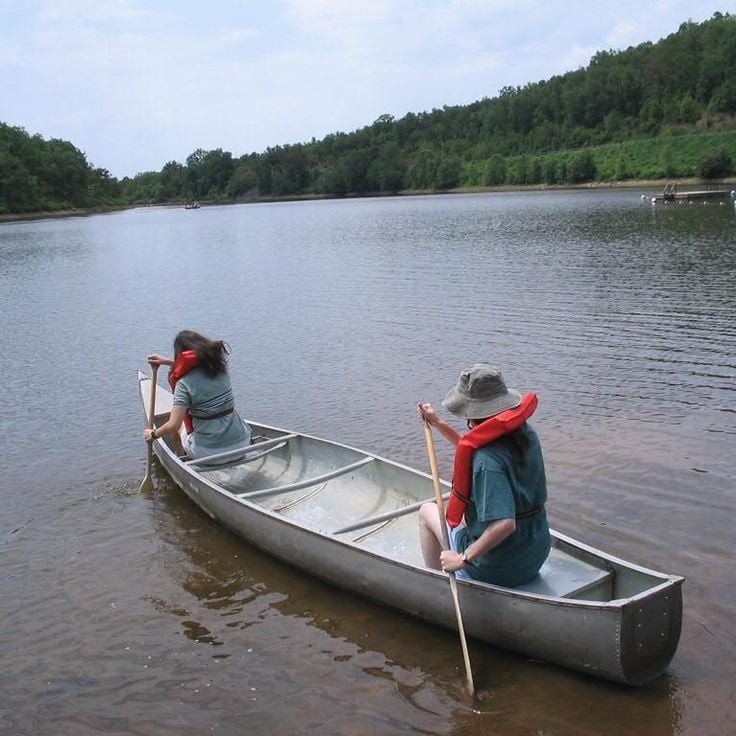
Faulkner County, Arkansas
This park with Lake Bennett contains hiking trails, a sand beach and fishing spots among forested hills.
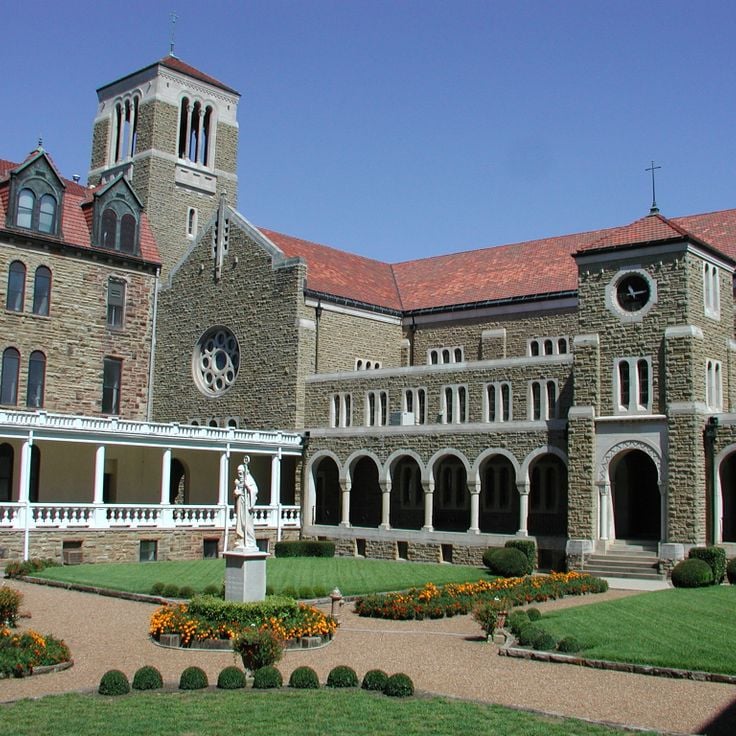
Logan County, Arkansas
A Roman Catholic monastery with stone architecture, gardens and a library, established in 1878.
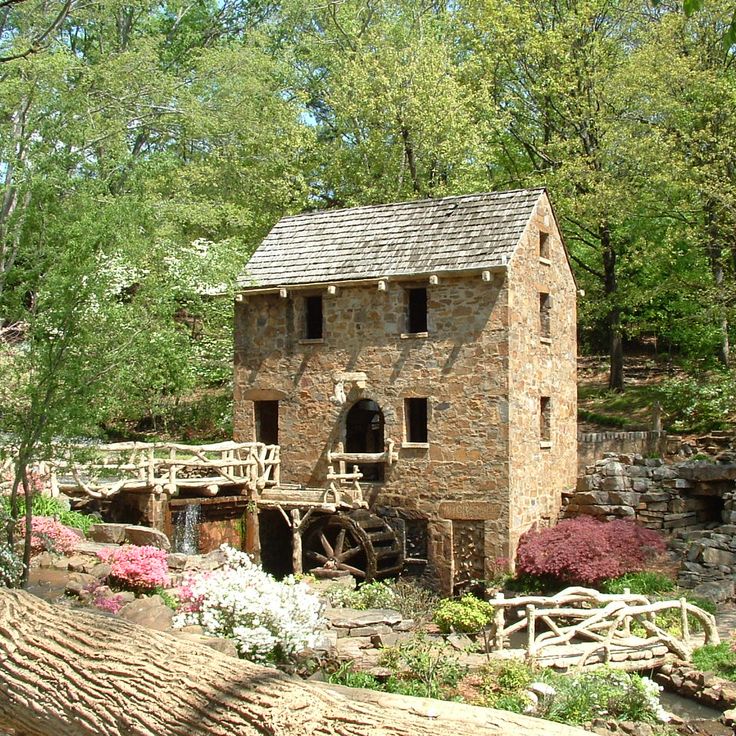
North Little Rock, Arkansas
The reconstructed nineteenth-century mill demonstrates grain processing methods using water power from the adjacent stream.
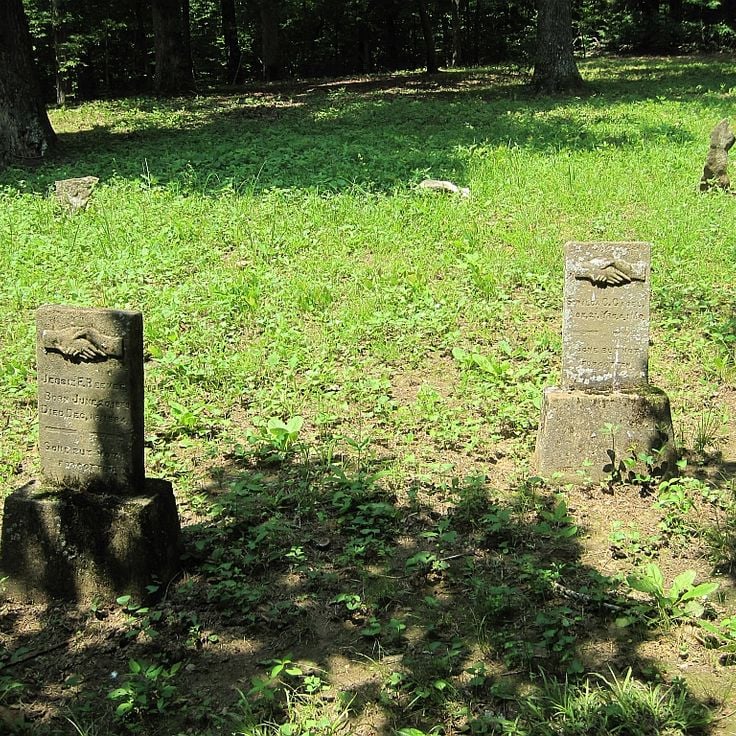
Randolph County, Arkansas
The park documents a settlement from 1815, the first post office and courthouse in Arkansas Territory.
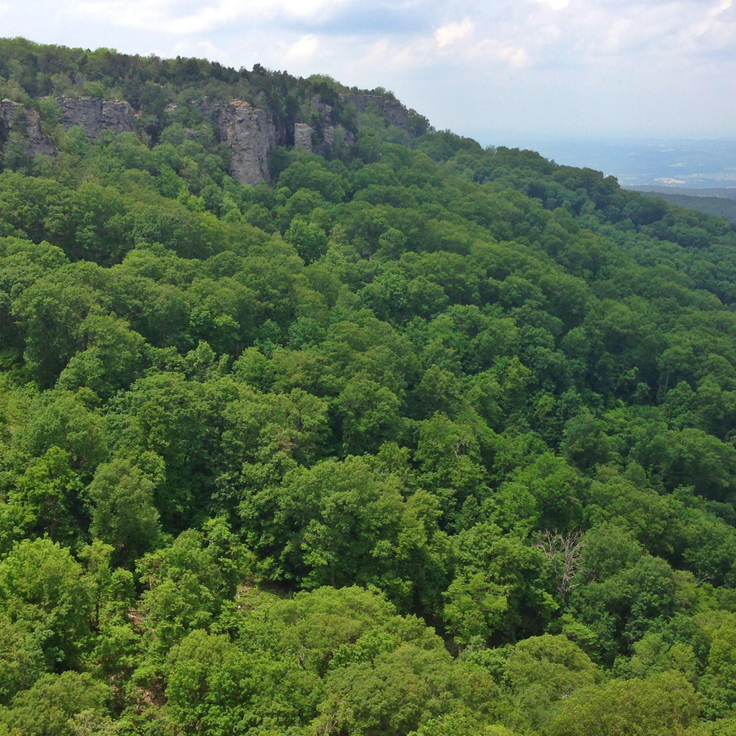
Logan County, Arkansas
The 2,753-foot mountain offers 14 miles of marked trails with views of the Arkansas River Valley.
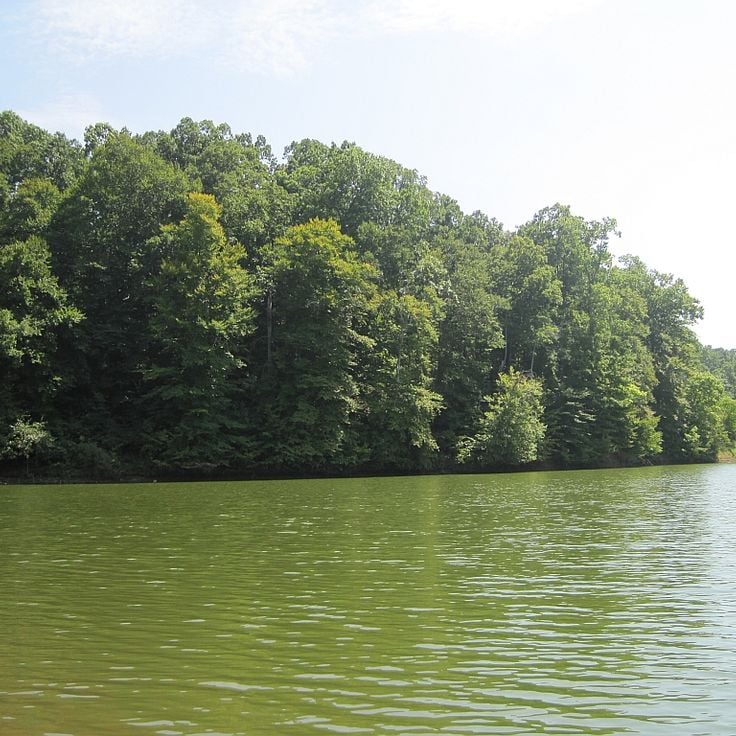
Cross County, Arkansas
The park contains 7,000 acres of forest, two lakes for fishing and boating, and 25 miles of trails.